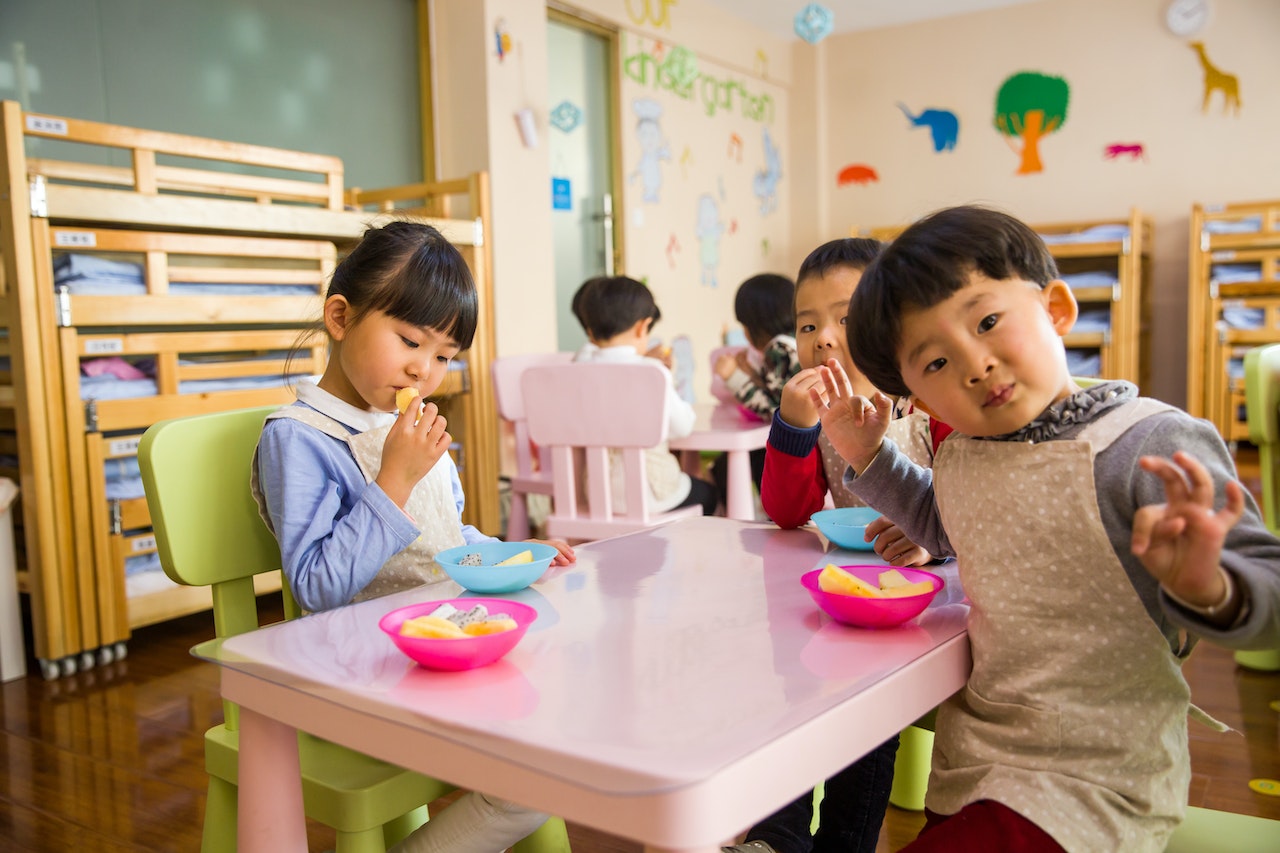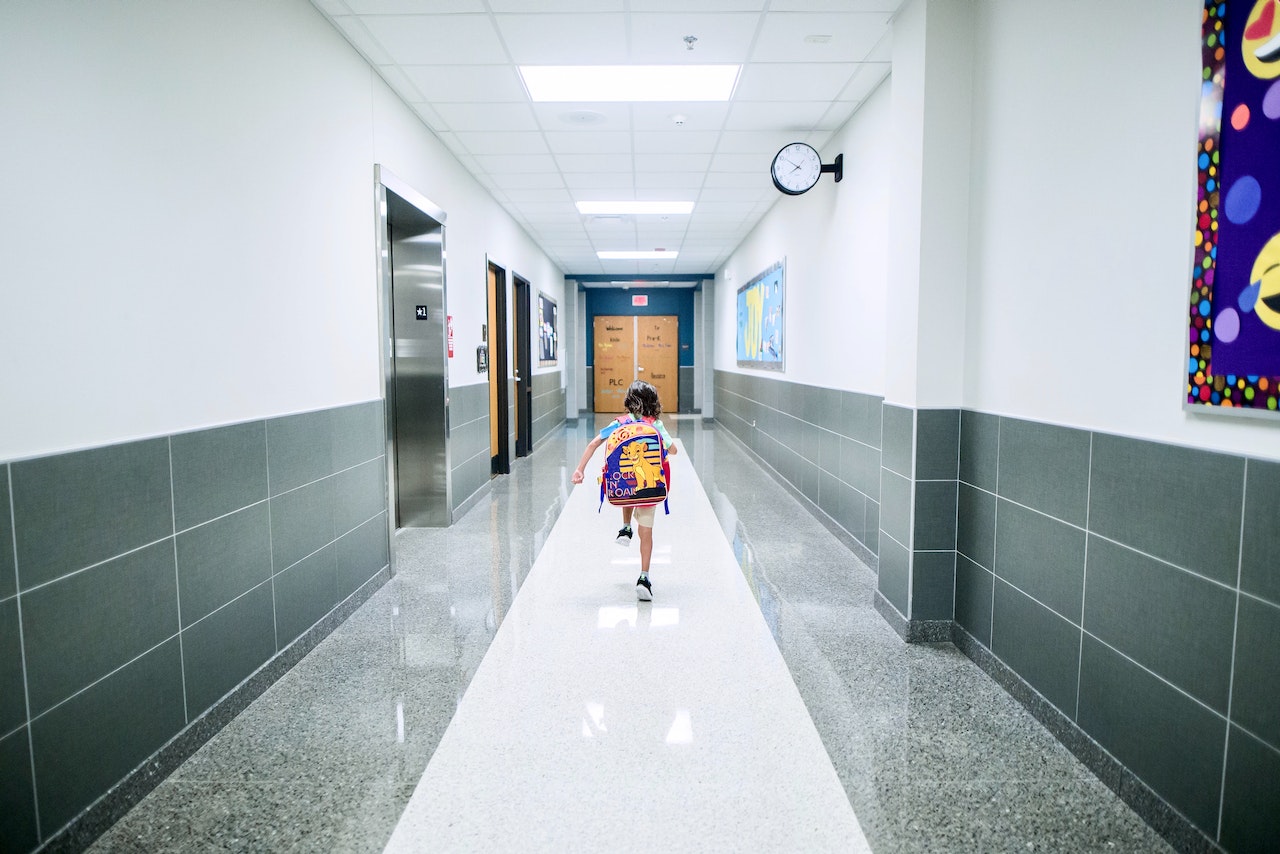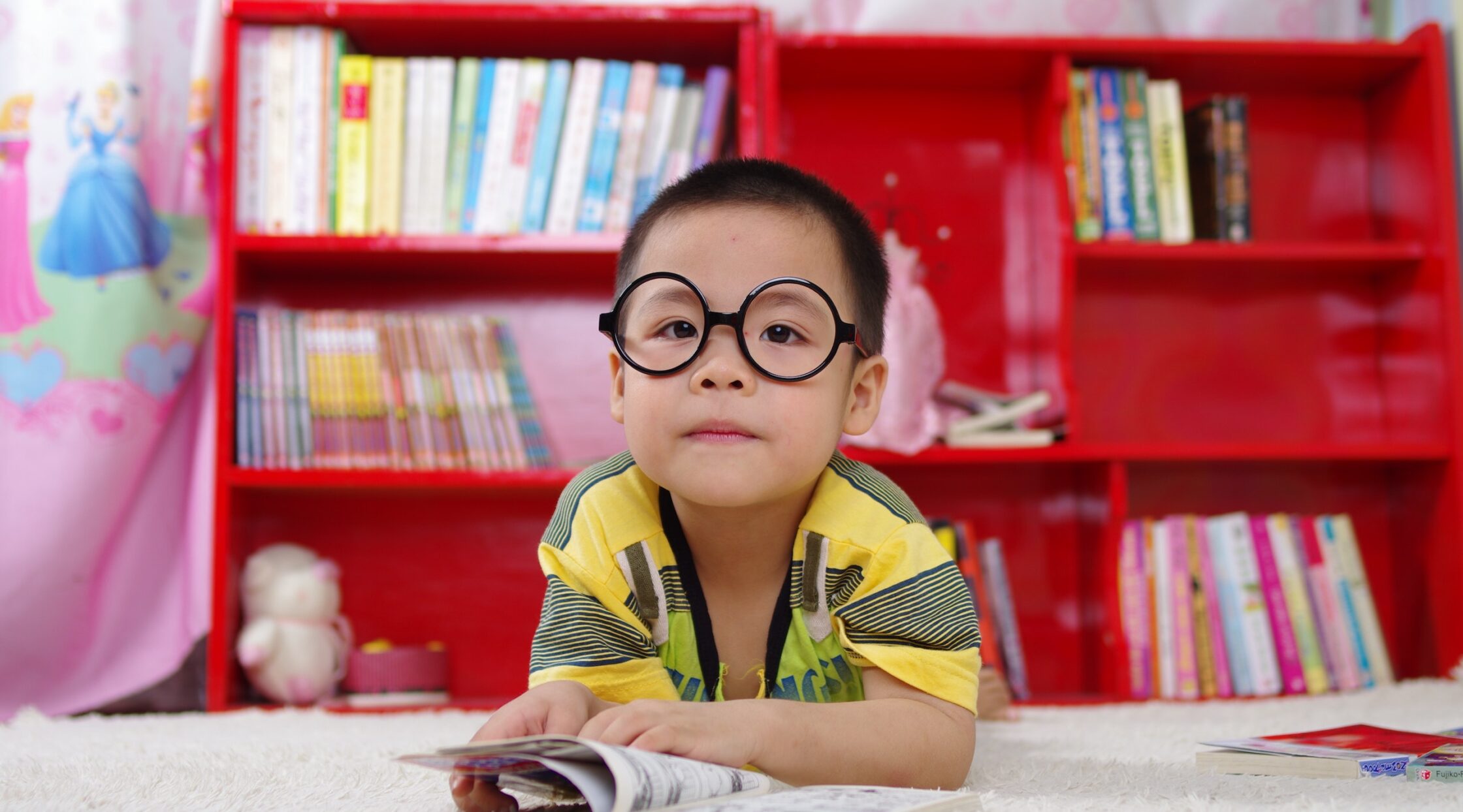How a School’s Culture Can Make Or Break Your Children’s Future
Every school has a culture but how does that make or break our child’s future?
There are some parents who find comfort in enrolling their kids in their alma matter. Besides having their old notes to help their kids review, there’s also a sense of familiarity knowing where they experienced many milestones is a safe place. It may have not been a bed of roses but, it’s a lot better than dealing with a completely different community. But even if our old schools helped us back in the day, the current school culture of our old school may not be helpful for our kids’ future.
What makes a school culture?
A school’s culture is a combination of many things, from facilities, the school’s teaching philosophies, the teachers, and even the parent community (Erickson, 1987; Stoll, 2000; Jerald, 2006). But the way students treat each other within the school grounds and outsiders demonstrates how all those work together. If the bathroom is dirty then, it shows that the administrators and possibly even the students don’t care. They may not even be taught to do so! If the parents snap, are passive-aggressive, or are constantly cryptic with you when you ask for help or questions then, their kids might treat your kids like that, too (Stolp, 1994; Erdoğdu, 2016)!

While it is difficult to segregate which is the individual’s belief and which is the school’s, these eventually mix together and affect the environment where their kids are studying. Whatever kids experience at home, they then bring it to school and we’re not talking about just the food that we cook for them for their recess and lunch.
School culture affects their grades
The most obvious sign when a school’s culture doesn’t agree with the kids is when their grades suddenly start dropping, with no signs of going back up (Jerald, 2006). Bullying — from both teachers and their peers — can destroy a kid’s motivation to achieve and learn. And with today’s technology, bullying takes on new forms like backstabbing or ostracization. Students make new chatrooms without the victim and gossip about them. (Smith and Brain, 2000; Xu, Jun, Zhu, and Bellmore, 2012; De Vera, 2020).
Teachers are also capable of bullying students, using grades as leverage over them. They either perform acts of favoritism (i.e. granting higher grades to those who obviously did nothing) or blame them for everything that goes bad during their class. However, the most common act of a teacher bullying a student is “enabling” the bullying — standing by and not intervening, especially when the bullying has already escalated (Rigby, 2003; Fuchs, 2015).
Unfortunately, it’s difficult to involve the parents because normally that’s considered a sign of escalation which nobody wants. Also, some see it as a “he said, she said” situation where no witnesses can verify what happened. Thus, most parents would rather transfer their kids to another school before things get hairy.

But bullying is everywhere!
Because there is no shortage of people who discriminate or who are insecure, some parents have just accepted the school’s culture for what it is. Here in the Philippines, some parents may also see “bullying” in school as a method of teaching resilience for “the world is already an unkind place,” instead focusing on developing their child’s ability to withstand the attacks but not completely stop them (Bowes, Maughan, Caspi, Moffitt, Arseneault, 2010; Harcourt, Jaspers, and Green, 2014; Tolentino and Suba, 2018).
However, that mindset can unfortunately make or break a child’s future for there’s no telling how a child will respond to bullying. Some children, especially those who have experienced being bullied by their own parent, may see bullying as a way to exert control over others (Hymel, Schonert-Reichl, Bonanno, Vaillancourt, Henderson, 2009; Erdoğdu, 2016). Others may see bullying as a way of minimizing the value of their opinion, creating “people pleasers” especially when the punishment is too distressing to process (Dano, Decena, Nano, Trabasas, and Gordove, 2016).
It’s only much later that we see the effects of the misfit of the school’s culture with the child’s nature. When they start working, their personalities are often narrowed down to what college they graduated from. It serves as a basis for their humor, work ethic, and also their response to authority.
This is why a school’s teaching and learning philosophy matter
For many of us who grew up memorizing the school’s vision, mission, and objective and saw it as a waste of time, it’s when we’re about to enroll our kids in a school that it proves to be useful. The familiarity of our alma matter may comfort us but, their culture may not be the one our kids need to thrive. Especially when traditional schools have not caught up with the teaching execution of the times, some schools that advocate for smaller class sizes, more project-based learning may benefit them more.
Because when they head off to college or work, we can’t hold their hand anymore.
References
Bowes, L., Maughan, B., Caspi, A., Moffitt, T. E., & Arseneault, L. (2010). Families promote emotional and behavioural resilience to bullying: evidence of an environmental effect. Journal of child psychology and psychiatry, 51(7), 809-817.
Dano, K. J. A., Decena, M. B., Nano, J. A. G. S., Trabasas, E. T., & Gordove, G. R. (2016) Life Challenges Among the Street Children in Ozamiz City, Philippines. Journal of Multidisciplinary Studies, 5(1), 16-37.
De Vera, J. L. (2020). Challenges and Teacher Resilience: The New Normal Classroom Instruction Using Social Media in Philippine Context. Philippine Normal University. Social Media: Leisure, Health and Education, 83-96.
Erickson, F. (1987). Conceptions of school culture: An overview. Educational Administration Quarterly, 23(4), 11-24.
Erdoğdu, M. Y. (2016). Parental attitude and teacher behaviours in predicting school bullying. Journal of Education and Training Studies.
Fuchs, C. (2015). Culture and economy in the age of social media. Routledge.
Harcourt, S., Jasperse, M., & Green, V. A. (2014, June). “We were sad and we were angry”: A systematic review of parents’ perspectives on bullying. In Child & Youth Care Forum (Vol. 43, pp. 373-391). Springer US.
More references
Hymel, S., Schonert-Reichl, K. A., Bonanno, R. A., Vaillancourt, T., & Henderson, N. R. (2009). Bullying and morality: Understanding how good kids can behave badly. In Handbook of Bullying in Schools (pp. 101-118). Routledge.
Jerald, C. D. (2006). School culture. Center for Comprehensive School Reform and Improvement.
Rigby, K. (2003). Consequences of bullying in schools. The Canadian journal of psychiatry, 48(9), 583-590.
Smith, P. K., & Brain, P. (2000). Bullying in schools: Lessons from two decades of research. Aggressive Behavior: Official Journal of the International Society for Research on Aggression, 26(1), 1-9.
Stoll, L. (2000). School culture. School Improvement Network’s Bulletin, (9).
Stolp, S. W. (1994). Leadership for school culture.
Tolentino, M., & Suba, E. (2018). The use of resilience-based group intervention program for victims of bullying. Int. J. Res. Stud. Psychol, 7, 1-26.
Xu, J. M., Jun, K. S., Zhu, X., & Bellmore, A. (2012, June). Learning from bullying traces in social media. In Proceedings of the 2012 conference of the North American chapter of the association for computational linguistics: Human language technologies (pp. 656-666).
More about schools and learning?
4 Things to Remember When Choosing the Best School for Your Child
Understanding Kids and Bullying: A Bias Gone Wrong
8 Reasons Why Hazing in Schools Should Stop









